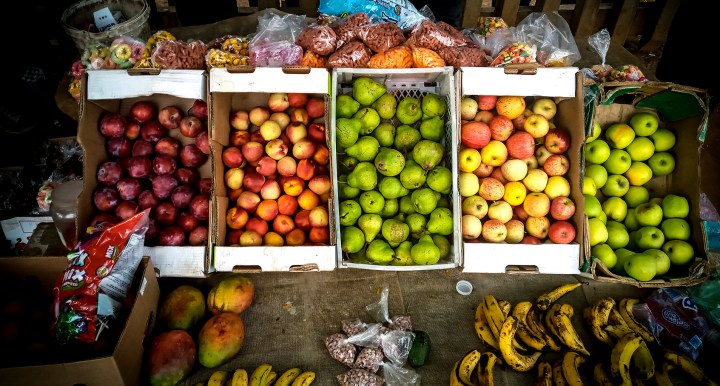INFLATION WATCH
World food prices still climbing, but hopefully not for long

Global inflation concerns are on the rise — and a lot of this is driven by food prices. World food prices hit 10-year highs last year and have started 2022 on an upward trajectory. But food inflation is predicted to begin slowing down after surging last year.
The Food Price Index (FPI) of the UN’s Food and Agriculture Organisation (FAO) averaged 135.7 points in January 2022, 1.5 points or 1.1% higher than in December 2021. The index had slipped slightly in December, but for all of 2021 notched gains of 23.1%. Putting food on the table is becoming more costly because the production and supply chain costs have been soaring.
Still, the acceleration in food prices and wider global inflation is seen as subsiding this year as supply chain issues are sorted out and other factors come into play.
“Inflation is likely to remain elevated. Price gains this year will average 3.9% in advanced economies and 5.9% in emerging market and developing economies, before subsiding next year,” the International Monetary Fund (IMF) noted in a recent blog.
“Assuming inflation expectations remain well anchored and the pandemic eventually eases its grip, higher inflation should fade as supply chain woes ease, central banks raise interest rates, and demand tilts more toward services again instead of goods-intensive consumption.”
Food prices tracked by the FAO should also have a more moderate rise in 2022 and the IMF sees food prices declining next year.
“This should ease spending pressures for millions of people around the world, especially in countries with lower incomes. Such burdens fall most heavily on residents of emerging and low-income nations, where food typically makes up a third to half of consumer spending. That share is smaller in advanced economies, such as the US, where food accounts for less than one-seventh of household shopping bills,” the IMF said.
Food inflation in South Africa was running at 5.9% in December, in line with the wider consumer price index (CPI). Relentless rains have raised concerns about damage to crops and yields for key commodities such as maize, which hits the poor and working class the hardest. Against such a backdrop, the rise in South Africa’s unemployment rate to record levels just below 35% also signals a rise in hunger.
But, if global food prices do moderate, inflation on that front in South Africa should also moderate. Persistently high or soaring food inflation is the last thing that South Africa, with its penchant for social unrest, needs. DM/BM


















 Become an Insider
Become an Insider
Comments - Please login in order to comment.